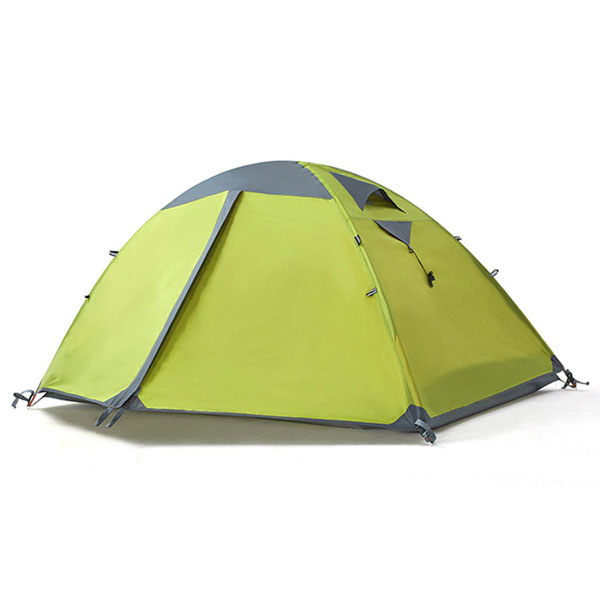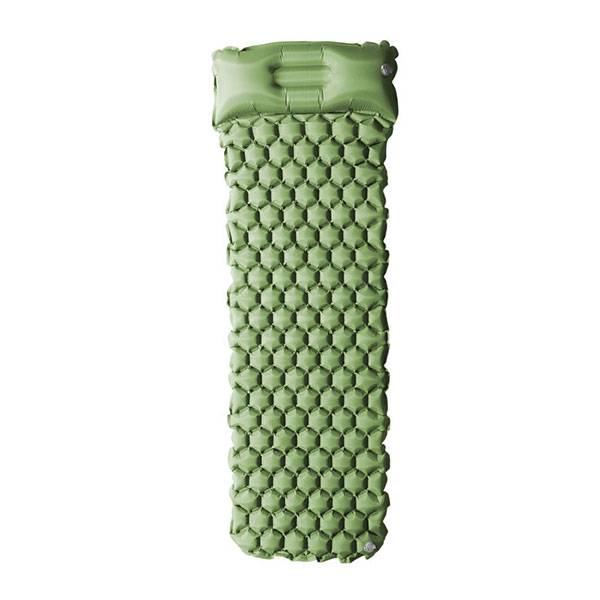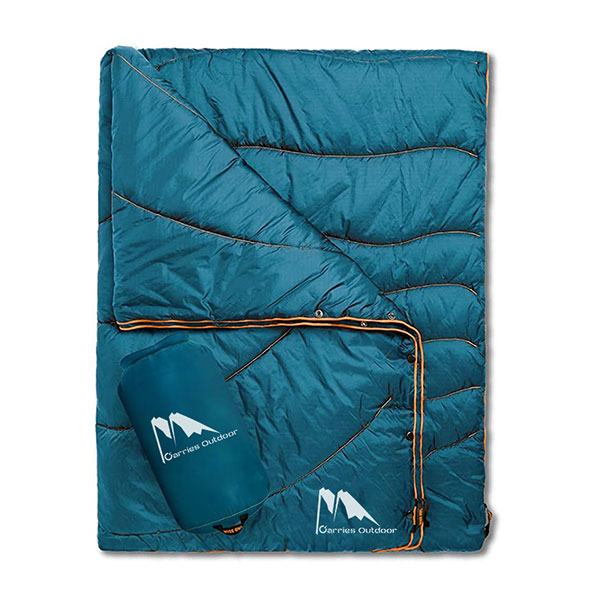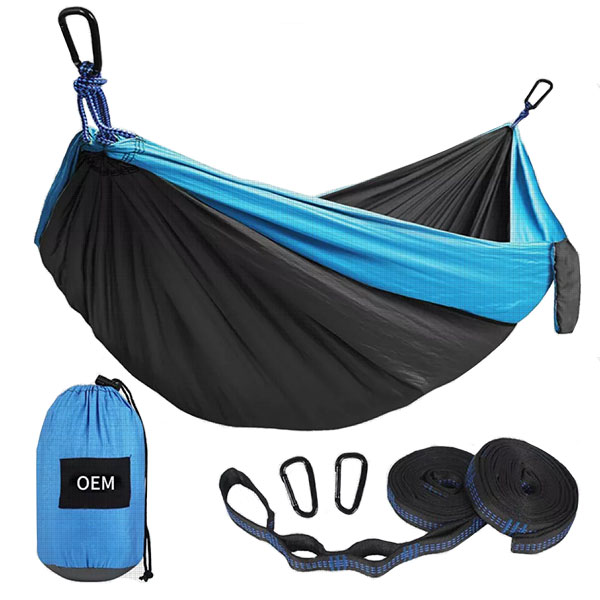How to Clean a Sleeping Bag as Sleeping Gear
Sleeping bags are a crucial type of Sleeping Gear for camping, hiking, and other outdoor activities. Over time, they can get dirty, sweaty, and smelly, which not only affects comfort but also performance. As an essential part of your Sleeping Gear collection, knowing how to clean it properly is key. Here are some frequently asked questions and answers about cleaning sleeping bags.
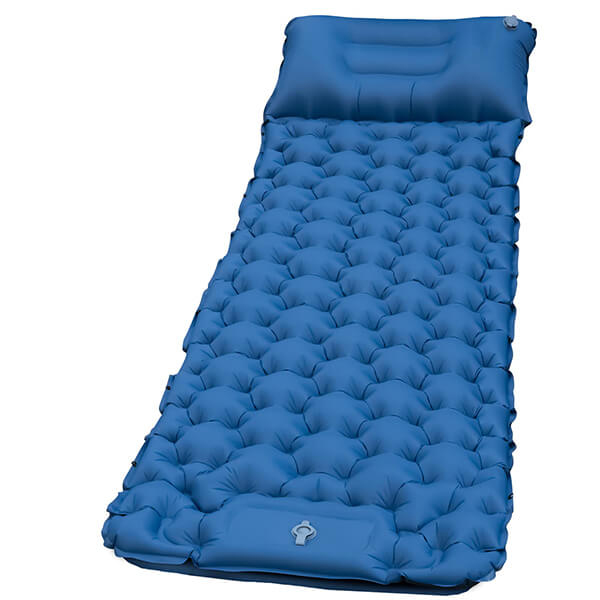
Q1: What should I do before cleaning my sleeping bag?
A1:
Check the Care Instructions: Every sleeping bag, as a piece of Sleeping Gear, has specific care instructions from the manufacturer. These are based on the materials and construction. Some can be machine - washed, while others need hand - washing. The label will also show the right water temperature, detergents to use, and any special precautions. Ignoring these can damage the sleeping bag, like making down - filled ones lose their loft or harming the waterproof coating of synthetic - filled ones.
Gather the Right Supplies: You need a mild, non - detergent soap or a specialized sleeping bag cleaner. Regular laundry detergents leave residue that can reduce insulation and water - repellency. Also, prepare a large - capacity washing machine (if machine - washing is okay), a drying rack or clothesline, and a large basin or bathtub for hand - washing if needed. These are essential steps to ensure your Sleeping Gear remains in good condition.
Q2: How do I clean a down - filled sleeping bag?
A2:
Spot Cleaning (if applicable): If there are small stains, dampen a soft cloth with a little mild soap solution and gently blot the stained area. Don't rub hard to avoid damaging the down feathers and outer fabric. This gentle approach is important for maintaining the quality of your Sleeping Gear.
Machine - Washing (for suitable models): If the care label allows it, set the washing machine to a gentle cycle with cold water. Add the right amount of mild, non - detergent soap. Put the sleeping bag in the machine, ensuring it has enough space to move freely. Overcrowding can cause uneven cleaning and damage.
Rinsing Thoroughly: After the wash cycle, run the rinse cycle several times to remove all the soap. Residual soap can attract dirt and reduce the sleeping bag's performance. A clean sleeping bag is a key part of a good set of Sleeping Gear.
Q3: How about cleaning a synthetic - filled sleeping bag?
A3:
General Cleaning: Synthetic - filled sleeping bags, as a type of Sleeping Gear, can usually handle more vigorous cleaning than down - filled ones. Start with spot - cleaning for small stains. For a full clean, if machine - washable, use a gentle cycle with warm water (check the care label for the recommended temperature). Add the mild soap or specialized cleaner.
Handling the Coating: Some synthetic - filled sleeping bags have a waterproof or water - repellent coating. Avoid using harsh chemicals or abrasive scrubbers that could damage this coating. During washing, prevent over - agitation, as it can also affect the coating's integrity. Taking care of the coating ensures the long - term functionality of your Sleeping Gear.
Q4: What if I need to hand - wash my sleeping bag?
A4:
Filling the Basin: Fill a large basin or bathtub with lukewarm water. Add the appropriate amount of mild soap or sleeping bag cleaner and stir to make a soapy solution. This is the starting point for maintaining your Sleeping Gear by hand - washing.
Soaking and Cleaning: Gently place the sleeping bag in the soapy water. Let it soak for about 15 - 20 minutes to loosen dirt and stains. Then, use your hands to gently knead and squeeze the sleeping bag, focusing on the dirty areas. Don't wring or twist the sleeping bag to avoid damaging the filling and fabric.
Rinsing: Drain the soapy water and refill the basin with clean, lukewarm water. Rinse the sleeping bag thoroughly, repeating until the water runs clear. A well - rinsed sleeping bag is an important aspect of clean Sleeping Gear.
Q5: How do I dry my sleeping bag?
A5:
Air - Drying: If possible, air - dry the sleeping bag. Hang it on a drying rack or clothesline in a well - ventilated area, away from direct sunlight. Sunlight can fade the fabric and damage the filling materials over time. For down - filled sleeping bags, fluff it periodically during drying to help the down regain its loft. You can gently pat or shake the sleeping bag to break up any clumps. Proper drying is crucial for keeping your Sleeping Gear in top shape.
Machine - Drying (for suitable models): If the care label allows machine - drying, use a low - heat setting. Put the sleeping bag in the dryer with a few clean tennis balls or dryer balls. The balls will help fluff the sleeping bag and speed up the drying process. Check the sleeping bag often to make sure it's not overheating or getting damaged.
Q6: How should I store my sleeping bag after cleaning?
A6:
Fluffing and Folding: Once the sleeping bag is completely dry, fluff it up to restore its original shape and loft. Fold it neatly and store it in a large, breathable storage sack. Don't store it in a compressed state, like in a small carry - on bag, as this can damage the filling materials and reduce the sleeping bag's insulating properties. This proper storage method helps preserve your Sleeping Gear for future use.
Location: Store the sleeping bag in a cool, dry place, away from humidity and extreme temperatures. This helps prevent mold, mildew, and damage to the materials. A well - stored sleeping bag is always ready for your next adventure with your Sleeping Gear.
By following these steps, you can keep your sleeping bag, an important part of your Sleeping Gear, clean, fresh, and in top condition for all your future outdoor adventures. Regular cleaning and proper maintenance will extend its lifespan and ensure a comfortable sleep every time you use it.







